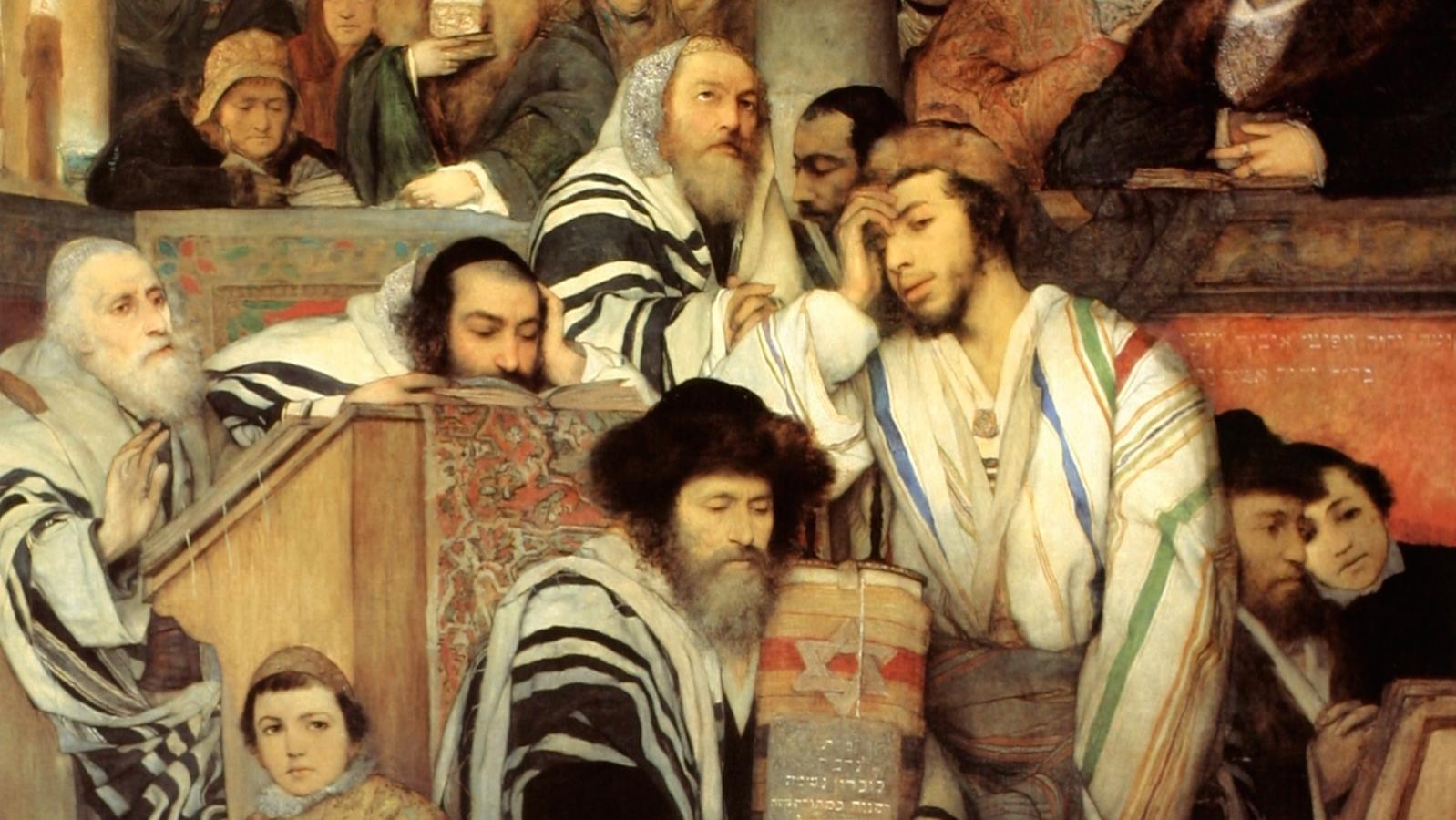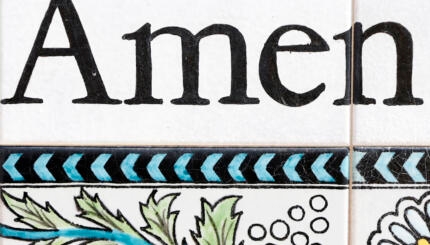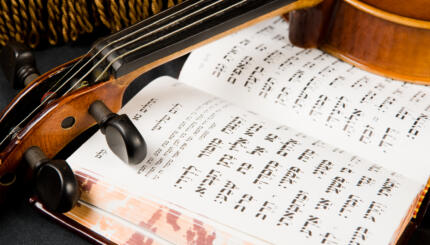Regular communal Jewish prayer began as a substitute for the sacrificial cult in the ancient Temple in Jerusalem. The daily offerings there were accompanied, according to later rabbinic sources, by the recitation of biblical passages and extra-biblical liturgies. Some Psalms were perhaps sung in the Temple by choirs of Levites, who aided the priests with the temple service. Even in outlying districts there were prayer gatherings on various occasions. These were mere accoutrements, though; the focus of worship was on animal sacrifices.
The formative period of Jewish prayer was that of the Tannaim, the sages whose oral traditions of law and legend are gathered in the Mishnah (edited c. 200 C.E.) and some early collections of midrash. From their traditions, later committed to writing, we learn that the generation of rabbis active at the time of the destruction of the Second Temple (70 C.E.) gave Jewish prayer its structure and, in outline form at least, its contents.
Their liturgy consisted of three primary corpuses: (1) the twice-daily recitation of the Shema–the central statement of Jewish monotheistic belief–and the formulaic blessings (berakhot) recited before and after it; (2) “The Prayer” of 18 blessings, also known as the Amidah–recited several times daily, and (3) the public recitation of the Torah in installments.
To what extent were the Tannaim inventing the liturgical formulas and patterns they prescribed and to what extent were they standardizing and canonizing various local customs that preceded them? This question is still the subject of scholarly debate. So too, is the question of whether there was one fully elaborated “text” for all these prayers–of which later customs are variants–or whether the Tannaim established only themes and key phrases, without dictating a specific full wording for each mandatory blessing.

Help us keep Jewish knowledge accessible to millions of people around the world.
Your donation to My Jewish Learning fuels endless journeys of Jewish discovery. With your help, My Jewish Learning can continue to provide nonstop opportunities for learning, connection and growth.
The records refinements in the practice and content of prayer, but it is only with the writings of the post-talmudic sages (Geonim) of Babylonia and their successors in North Africa and Europe that we find entire prayer books in circulation. Some were composed by respected rabbinic scholars at the request of far-flung communities seeking an authoritative text of the required prayers for daily use, Shabbat, and holidays.
Medieval sources, especially the wealth of texts unearthed since the early 20th century, also reveal a long history of liturgical poetic creativity (piyyutim) in the Land of Israel (whose liturgical traditions had been lost) and in Diaspora communities. Relatively few of these piyyutim remained in use in the various local rites that developed in the Middle Ages. They were composed as alternative wordings of the standard rabbinic prayers or as expansions of them; they did not attempt to alter or supplant either the themes or the structures of classic liturgy.
A similar approach is evident in the liturgical creativity of the medieval mystics. Kabbalah brought to Jewish prayer (as to all of Jewish religious life) a radically new understanding of its purpose and efficacy: uniting disparate aspects of divinity that were rent asunder at the time of Creation. Nevertheless, the kabbalists did not revolutionize the externals of Jewish prayer. They introduced hymns and supplementary prose prayers, and they added short meditations to be recited as introductions to the classic prayers. Even those additions, though, were often devoid of the esoteric language of the speculative theological works of Kabbalah, making them more easily accepted among non-kabbalists.
The Hasidic revolution, too, avoided making radical changes to the established liturgy, although a considerable body of supplementary prayers emerged from it. Hasidism’s main contribution was to give worship, particularly in the form of contemplative prayer, center stage in Jewish religious life. The unrestrained motions and ecstatic melodies of prayer among early Hasidim marked their communities as radical departures from the strict social norms of East European Jewry.
As modernity called into question the intellectual and social underpinnings of Jewish life, some communities responded by making accommodations, reforming the liturgy and reshaping the experience of worship to meet changing sensibilities. Some synagogues introduced sermons and prayers in the local vernacular, musical instruments, and choirs. Some excised from their prayer books doctrines that came to some to seem outmoded or unacceptable.
In these liberal congregations and in some more conservative, traditionalist circles today, prayers include references and responses to recent major historical upheavals: the Holocaust and the establishment of the State of Israel.



